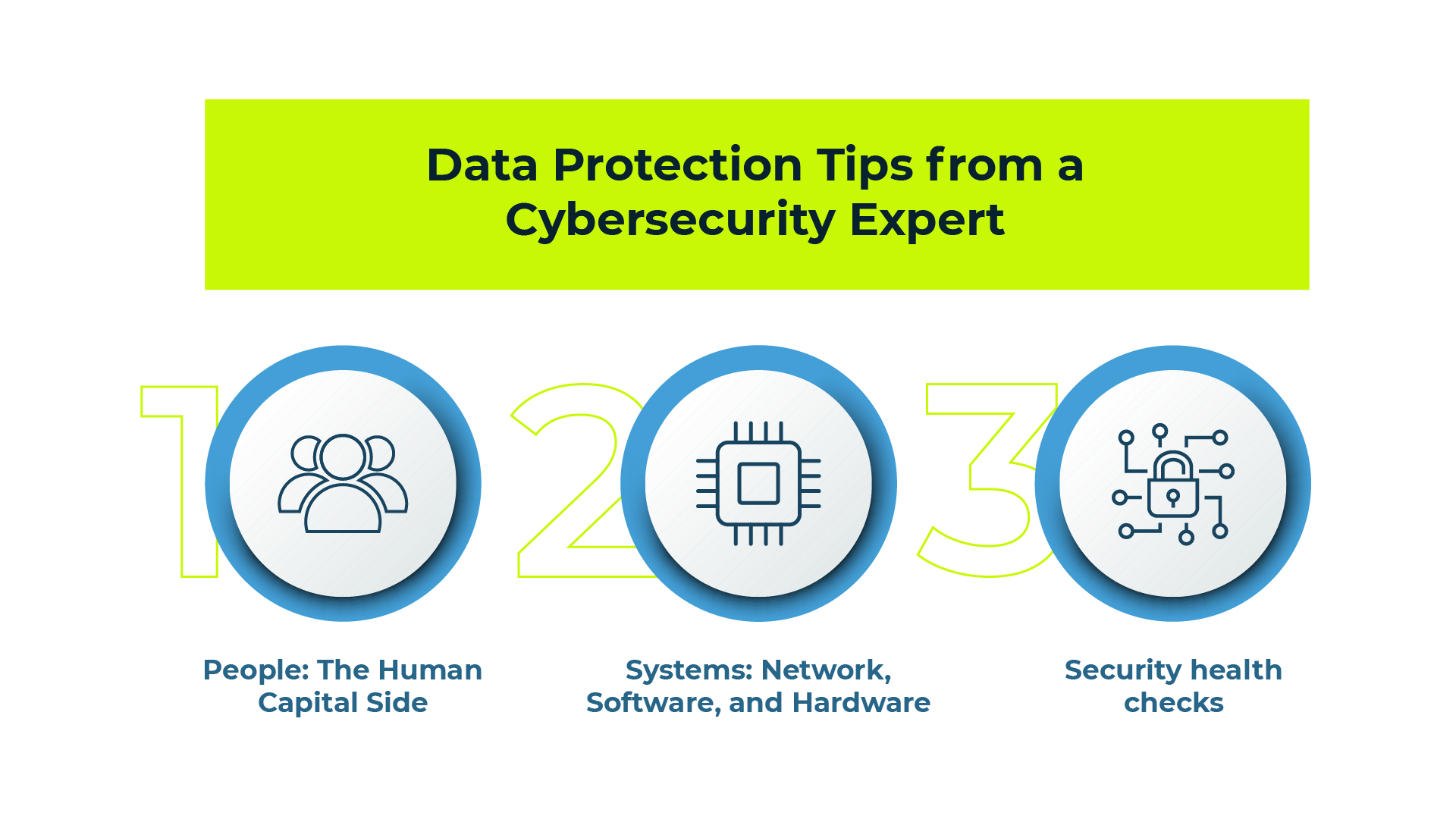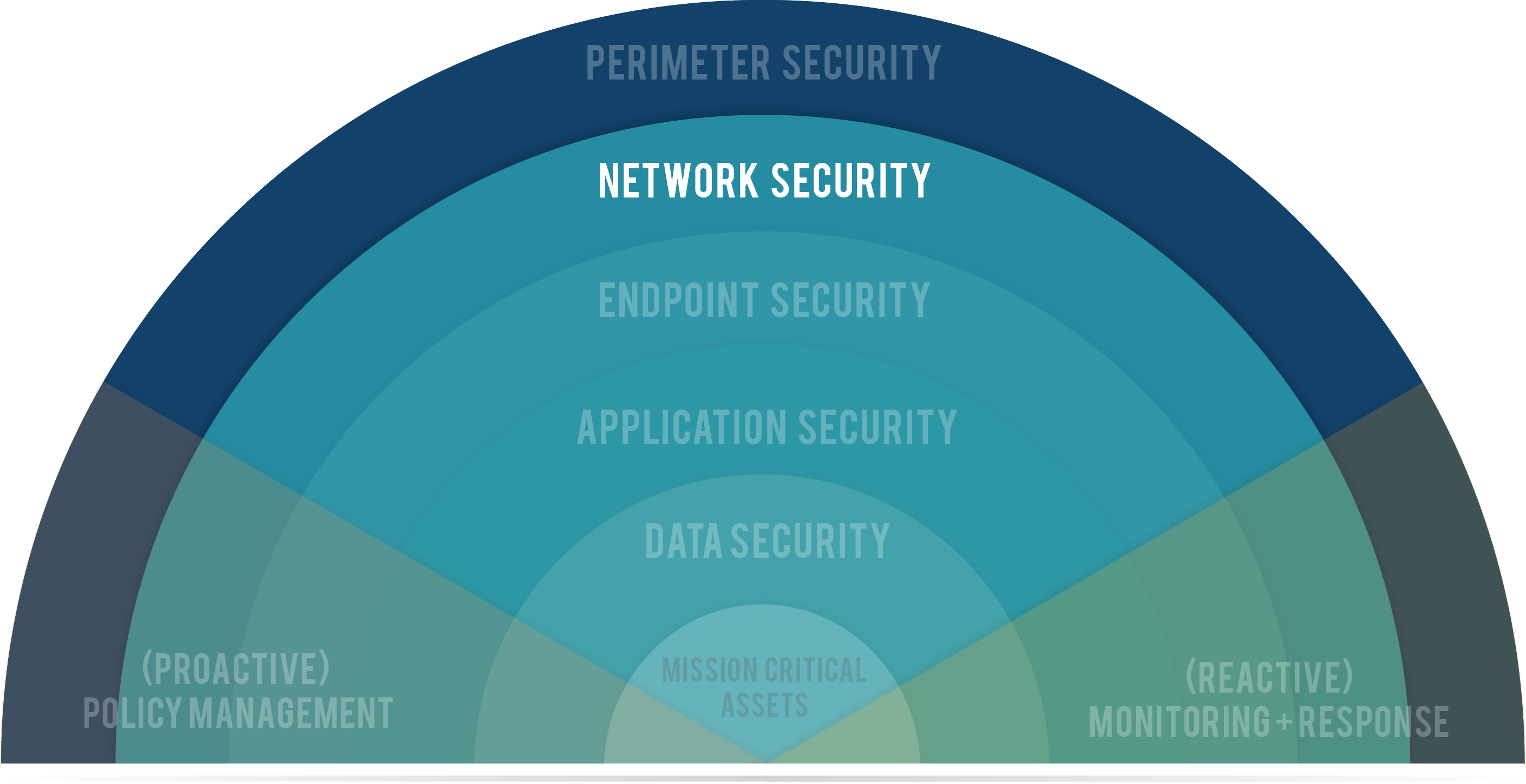Just How Data and Network Protection Protects Against Arising Cyber Risks
In an era marked by the quick advancement of cyber threats, the significance of data and network security has actually never been extra noticable. As these threats become more intricate, comprehending the interaction between data safety and security and network defenses is important for minimizing threats.
Understanding Cyber Risks

The ever-evolving nature of modern technology constantly presents new vulnerabilities, making it imperative for stakeholders to stay alert. People may unwittingly succumb to social design techniques, where assailants manipulate them right into divulging delicate details. Organizations face special challenges, as cybercriminals frequently target them to manipulate useful data or disrupt procedures.
In addition, the increase of the Internet of Things (IoT) has actually expanded the attack surface, as interconnected tools can function as entrance factors for attackers. Recognizing the significance of robust cybersecurity methods is vital for mitigating these risks. By cultivating a detailed understanding of cyber individuals, risks and companies can execute effective methods to guard their electronic possessions, guaranteeing resilience in the face of an increasingly complex risk landscape.
Key Elements of Data Security
Making sure data safety calls for a diverse approach that includes numerous vital elements. One fundamental component is information security, which transforms sensitive information into an unreadable layout, available just to licensed individuals with the proper decryption secrets. This works as an important line of defense against unauthorized accessibility.
Another essential part is gain access to control, which regulates who can watch or adjust data. By applying strict individual authentication procedures and role-based gain access to controls, companies can reduce the risk of insider hazards and information violations.

Additionally, data concealing techniques can be utilized to safeguard delicate information while still permitting its usage in non-production settings, such as testing and growth. fft perimeter intrusion solutions.
Network Security Approaches
Executing durable network security techniques is crucial for securing an organization's digital framework. These approaches involve a multi-layered strategy that includes both equipment and software application services made to protect the stability, discretion, and accessibility of data.
One critical element of network security is the implementation of firewall softwares, which function as an obstacle between trusted interior networks and untrusted external networks. Firewalls can be hardware-based, software-based, or a mix of both, and they aid filter outbound and inbound website traffic based upon predefined protection guidelines.
Additionally, intrusion detection and avoidance systems (IDPS) play an important function in keeping track of network website traffic for questionable tasks. These systems can signal administrators to potential violations and take action to mitigate dangers in real-time. Regularly upgrading and covering software application is additionally critical, as vulnerabilities can be exploited by cybercriminals.
Furthermore, applying look at this site Virtual Private Networks (VPNs) ensures protected remote gain access to, encrypting information transferred over public networks. Segmenting networks can lower the assault surface and include possible violations, limiting their effect on the total facilities. By adopting these techniques, companies can properly fortify their networks versus emerging cyber risks.
Best Practices for Organizations
Establishing finest practices for organizations is crucial in preserving a strong safety position. A thorough approach to information and network safety begins with regular threat evaluations to recognize vulnerabilities and prospective hazards. Organizations needs to execute durable access controls, making certain that only accredited employees can access sensitive data and systems. Multi-factor authentication (MFA) need to be a standard demand to enhance safety layers.
Additionally, constant worker training and understanding programs are essential. Staff members must be enlightened on recognizing phishing efforts, social engineering methods, and the significance of sticking to security procedures. Normal updates and patch management for software program and systems are additionally crucial to safeguard against understood vulnerabilities.
Organizations should evaluate and establish incident feedback plans to guarantee preparedness for potential breaches. This consists of establishing clear communication networks and roles throughout a security event. Information file encryption need to be utilized both at rest and in transportation to protect sensitive details.
Last but not least, conducting periodic audits and compliance checks will certainly help make certain adherence to well-known plans and pertinent guidelines - fft perimeter intrusion solutions. By adhering to these finest practices, organizations can considerably improve their resilience versus emerging cyber hazards and protect their crucial assets
Future Trends in Cybersecurity
As organizations navigate a progressively intricate electronic landscape, the future of cybersecurity is positioned to evolve significantly, driven by emerging innovations and shifting hazard standards. One noticeable fad is the assimilation of expert system (AI) and artificial intelligence (ML) right into protection frameworks, permitting for real-time threat discovery and feedback automation. These technologies can evaluate large amounts of information to identify abnormalities and prospective violations much more effectively than standard methods.
One more important pattern is the rise of zero-trust design, which calls for continuous confirmation of user identifications and tool safety, despite their area. This approach lessens the threat of insider dangers and boosts security against external attacks.
Furthermore, the enhancing fostering of cloud services requires robust cloud safety and security approaches that address one-of-a-kind vulnerabilities connected Read More Here with cloud atmospheres. As remote job becomes a long-term component, safeguarding endpoints will certainly likewise become extremely important, bring about a raised concentrate on endpoint discovery and action (EDR) services.
Finally, regulative conformity will certainly remain to form cybersecurity practices, pushing companies to take on extra rigid information security steps. Embracing these patterns will be necessary for companies to strengthen their defenses and navigate the evolving landscape of cyber risks properly.
Verdict
In verdict, the execution of robust information and network protection steps is essential for companies to safeguard against arising cyber threats. By utilizing encryption, accessibility control, and efficient network safety approaches, organizations can dramatically decrease vulnerabilities and safeguard delicate info.
In an era noted by the rapid evolution of cyber risks, the significance of data and network safety has never ever been a lot more obvious. As these risks end up being extra complicated, recognizing the interplay between data safety and security and network defenses is crucial for alleviating threats. Cyber threats incorporate find here a vast variety of malicious activities intended at jeopardizing the privacy, stability, and availability of networks and information. An extensive strategy to data and network protection begins with routine risk analyses to identify susceptabilities and potential hazards.In final thought, the application of robust information and network protection procedures is crucial for companies to secure versus emerging cyber dangers.